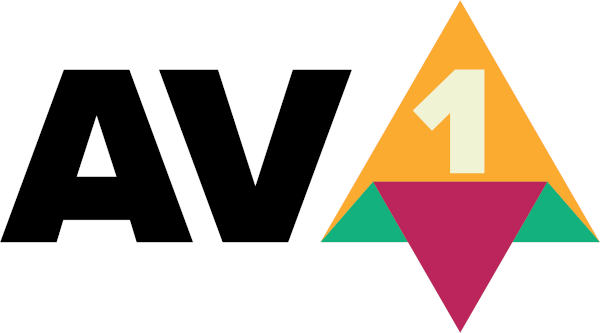[14:21 Tue,7.July 2020 by Thomas Richter] |
The Fraunhofer Heinrich Hertz Institute has announced that the  The VVC Codec (also MPEG-I Part 3) was developed by Fraunhofer HHI together with industry partners such as Apple, Ericsson, Intel, Microsoft, Qualcomm, Sony and Huawei and supports high resolutions up to 8K as well as HDR and 360° video. The prospect of a higher efficiency of the codec should please both (mobile) users and providers of streaming video on the net, because less data also means less costs - especially in view of the situation that video traffic accounts for an increasing share of the data traffic on the internet. According to the Fraunhofer HHI, a 90-minute film in UltraHD resolution encoded by VVC/H.266 should only be 5 GB in size (instead of 10 GB per H.265). However, the VVC competes with the open and license-free AOMedia Video 1 Codec (AV1), which is developed by the Alliance for Open Media, which includes major companies such as Amazon, Apple, ARM, Cisco, Facebook, Google, IBM, Intel, Microsoft, Mozilla, Netflix, Nvidia and others.  It also has significant improvements over HEVC/H.265 and compresses more effectively (about 40%). Its advantage: it is free and already implemented in all major browsers (except Apple&s Safari) like Google&s Chrome, Microsoft&s Edg (via AV1 extension), Mozilla&s Firefox and Opera as well as the VLC player and the FFmpeg program library. The new VVC codec, on the other hand, must first be licensed and implemented before it can be used - both by video providers such as streaming portals and by the end devices or programs required for playback. It is planned to create a uniform and transparent licensing model for the VVC for the use of basic standard patents in connection with H.266/VVC. The It&s hard to say how big the chances are for the new codec in view of its late start and its still unclear license costs - on the other hand, the AV1 codec has just In any case, the ongoing race for video codec effectiveness is good news for users. For those interested in the technical side, details on how the VVC works can be found in this deutsche Version dieser Seite: Neuer Videocodec VVC ist fertig: 50% effizienter als H.265 |





